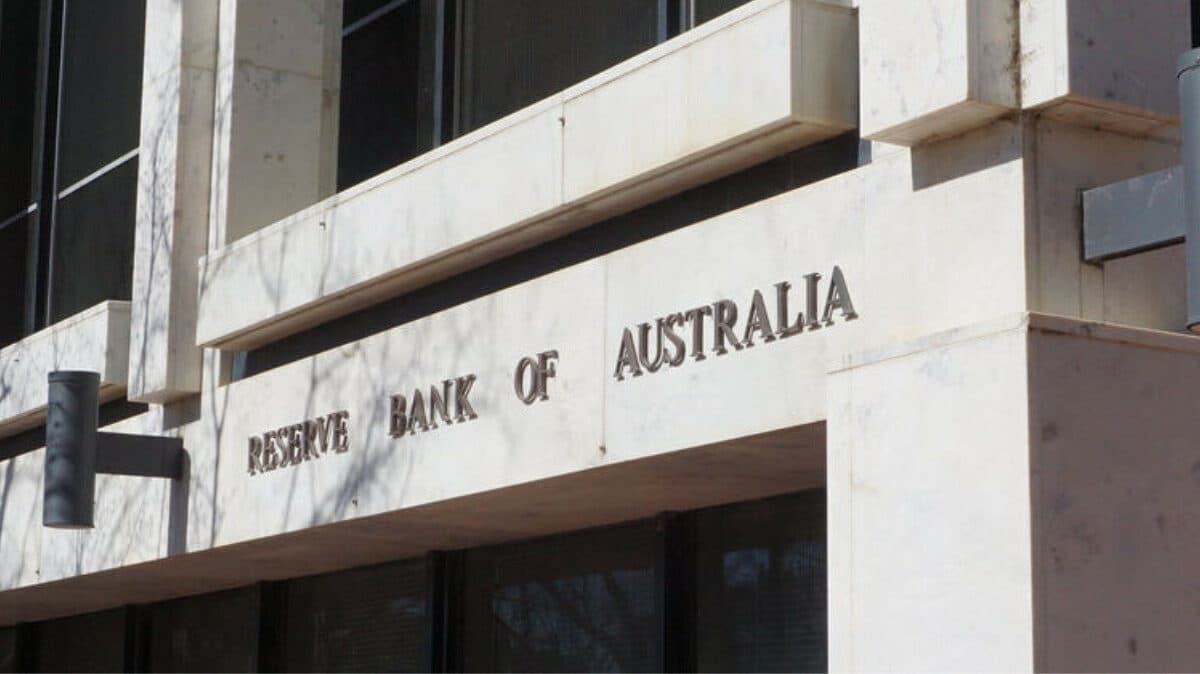The Reserve Bank of Australia’s decision to cut the official cash rate to 3.85 percent has been widely welcomed, but not without caveats. While the move offers some much-needed breathing room for households and businesses, experts across sectors warn that the underlying economic picture is far from simple.
From economists to fintech CEOs, here’s how Australia’s business and finance community is interpreting the cut and where they think we are headed next.
Ivan Colhoun, Chief Economist, CreditorWatch
Colhoun viewed the cut as a dovish shift, pointing to the RBA’s downgraded growth and inflation forecasts, and a slightly higher unemployment expectation. “The forecasts reflect greater anticipated negative effects of US tariff policy and related uncertainties than I had expected,” he said.
He now expects up to three further rate cuts this year, with the RBA’s focus shifting more toward full employment. For businesses, the message is mixed, relief is here, but the global headwinds are real and growing.
Matt Bell, Chief Economist, Oliver Hume
Bell noted that the RBA’s decision to cut rates again was widely expected, but said it also signals a broader pivot. “The turmoil abroad kicked off by Trump’s ‘Liberation Day’ tariffs changed the game,” he explained. Disinflationary pressures from these global shocks outweighed concerns about Australia’s tight labour market.
He highlighted that while property prices and land values have already responded positively to the easing cycle, the market has now priced in only two more cuts for the rest of 2025, down from earlier expectations of up to six.
Louise Southall, Economist, Xero
Southall said the cut was a step in the right direction for small businesses, especially with cost-of-living pressures still lingering. While welcoming the RBA’s more balanced view on inflation, she flagged that many businesses will remain cautious about hiring and investment until the outlook stabilises.
She expects retailers of essentials to benefit first, while discretionary sectors may need to wait for confidence to rebound.
Ben Thompson, CEO, Employment Hero
Thompson called the return to a ‘3’ in front of the cash rate “huge,” but also sounded a warning. While wages are up 5.9 percent year-on-year, Employment Hero data shows hours worked are flat, potentially a sign of businesses paying more for less, or an early glimpse of AI-driven productivity. “If we want wage growth to stick without stoking inflation, we need more than rate cuts,” he said, urging a national focus on red tape reduction and innovation.
Alex Molloy, CEO and Co-founder, Valiant Finance
Molloy highlighted that the most competitive lenders are not the big banks, but non-bank providers, many of whom had already lowered rates ahead of the RBA’s move. “We have already seen rates drop between 20bps and 100bps across a range of products,” he said.
More importantly, he sees sentiment improving. “A rate cut like this boosts how people feel. More confident customers are more likely to spend.”
Daniel Sciberras, Rewards Expert, pay.com.au
Sciberras brought a travel-savvy take. Lower inflation means less frequent devaluation of frequent flyer points, preserving their value for Australians looking to travel. He also flagged a timely opportunity for businesses.
Reward points bought before the end of the financial year are often tax-deductible, giving firms a chance to ease their tax burden and improve cash flow. “This could be the sunshine through the clouds globetrotting Aussies have been waiting for.”
Gavan Ord, Business Investment Lead, CPA Australia
CPA Australia welcomed the rate cut as relief for mortgage holders and small businesses, but warned it does not address the deeper structural issues holding back Australia’s economic growth. “This cut should lift sentiment slightly and put a bit more money back into people’s pockets,” Ord said. “But rate cuts will not get Australia out of its productivity straitjacket. Significant reforms are needed to move the needle on economic growth.”
He called on governments to support business investment and innovation, reduce regulatory burdens and initiate public discussions on meaningful tax reform. “If governments can shift away from regulation as the default response to every problem, and instead embrace practical solutions like education and better enforcement of existing laws, this will go a long way to creating the business-friendly environment that is so crucial to Australia’s economic success.”
Whether it is tariffs, tax time, tech or travel, the RBA’s latest move is being felt in very different ways across Australia’s business ecosystem.
The consensus is clear, rate relief is welcome, but with mixed signals on productivity, employment and global risk, it is just one part of a much bigger economic story still playing out.
Keep up to date with our stories on LinkedIn, Twitter, Facebook and Instagram.

